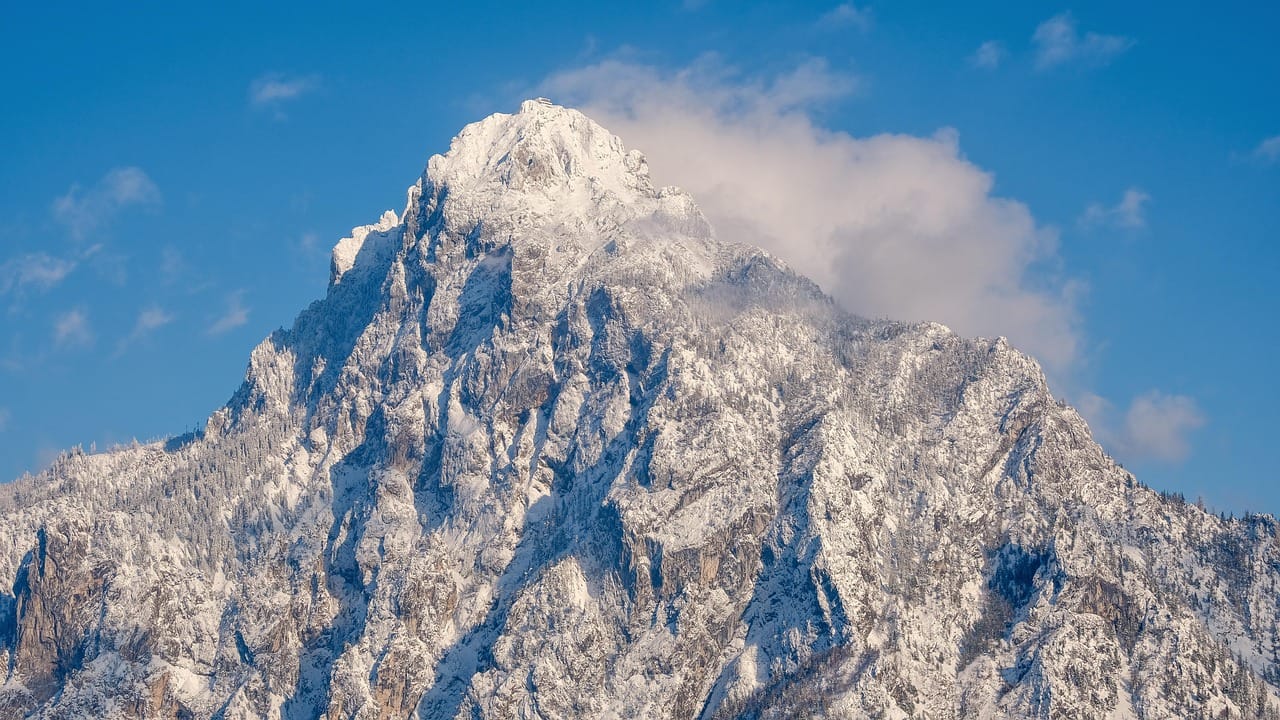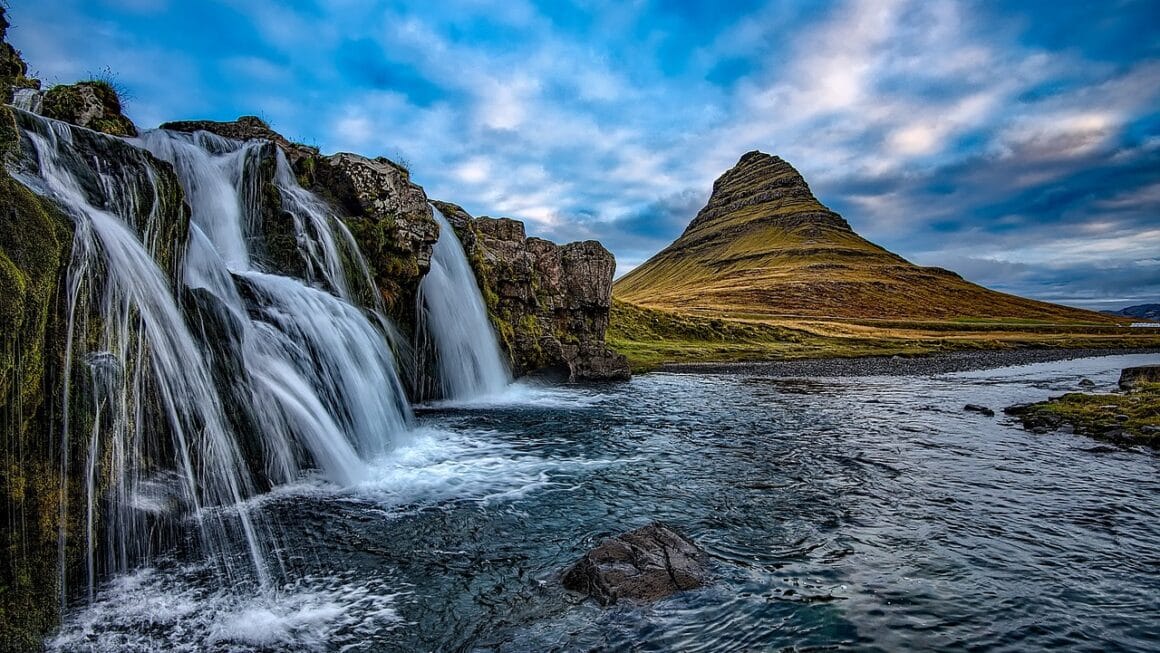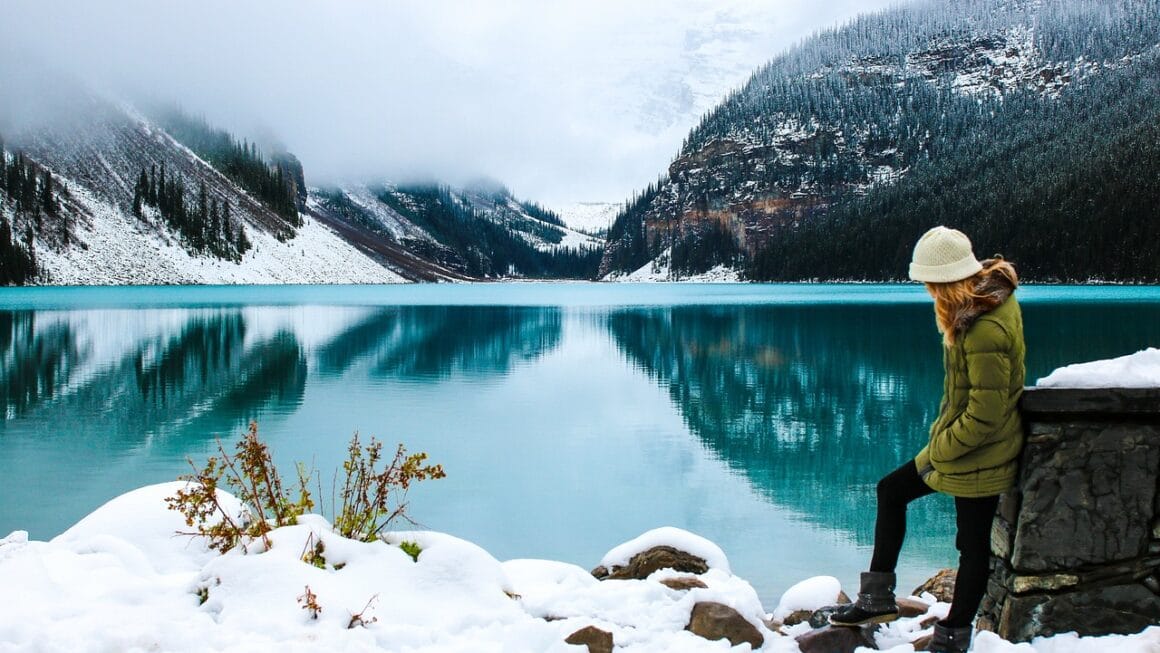Embarking on an outdoor adventure requires more than just a thirst for exploration; it demands the right gear to ensure safety, comfort, and enjoyment. From hiking through rugged terrains to camping under the stars, the quality and suitability of your outdoor equipment can significantly impact your experience. This guide will delve into essential outdoor gear, helping you make informed decisions for your next excursion.
Essential Clothing for the Outdoors
Choosing the right clothing is fundamental for any outdoor activity. Layering is the key to adapting to changing weather conditions, ensuring you stay warm, dry, and comfortable.
Base Layers: The Foundation of Warmth
Base layers are worn next to the skin and are designed to wick away moisture, keeping you dry and preventing chills. Materials like merino wool and synthetic fabrics (polyester, nylon) are excellent choices.
- Merino Wool: Natural fiber, excellent wicking properties, odor-resistant, and comfortable. Example: Icebreaker 260 Tech Long Sleeve Crewe.
- Synthetic Fabrics: Lightweight, quick-drying, durable, and often more affordable than merino wool. Example: Patagonia Capilene Cool Lightweight Shirt.
Actionable Tip: Consider the climate and intensity of your activity. For high-intensity activities in warmer weather, synthetic base layers are preferable due to their quick-drying properties. For colder conditions, merino wool provides superior warmth.
Mid-Layers: Insulation for Varying Conditions
Mid-layers provide insulation and trap body heat. Fleece jackets and insulated jackets are common choices.
- Fleece Jackets: Offer good warmth-to-weight ratio, breathable, and relatively inexpensive. Example: Patagonia R1 Fleece Pullover.
- Insulated Jackets: Filled with down or synthetic insulation, providing excellent warmth in cold conditions. Example: Arc’teryx Atom LT Hoody (synthetic) or Patagonia Down Sweater (down).
Actionable Tip: Down provides superior warmth for its weight but loses its insulating properties when wet. Synthetic insulation retains warmth when wet, making it a better choice for damp environments.
Outer Layers: Protection from the Elements
Outer layers shield you from wind, rain, and snow. Waterproof and windproof jackets and pants are essential.
- Waterproof/Breathable Jackets: Gore-Tex and similar technologies provide excellent waterproof and breathable protection. Example: Arc’teryx Beta AR Jacket.
- Water-Resistant/Windproof Jackets: Offer some protection from light rain and wind. Example: Outdoor Research Helium Rain Jacket.
Actionable Tip: Look for jackets with features like adjustable hoods, cuffs, and hems for a customized fit and added protection. Ensure the jacket has pit zips for ventilation during high-intensity activities.
Footwear for Every Terrain
Choosing the right footwear is crucial for comfort, stability, and preventing injuries.
Hiking Boots: Support and Protection
Hiking boots provide ankle support, traction, and protection from rough terrain. Consider the type of hiking you’ll be doing when selecting boots.
- Light Hiking Boots: Suitable for day hikes on well-maintained trails. Example: Salomon X Ultra 4 Mid GTX.
- Backpacking Boots: Designed for carrying heavy loads on multi-day trips, offering more support and durability. Example: Lowa Renegade GTX Mid.
Actionable Tip: Break in new hiking boots before embarking on a long hike to prevent blisters. Wear them around the house or on short walks for several weeks.
Trail Running Shoes: Lightweight Agility
Trail running shoes are lightweight and offer excellent traction for running on uneven terrain.
- Aggressive Tread: Provides grip on loose dirt, rocks, and mud. Example: Salomon Speedcross 5.
- Rock Plate: Protects your feet from sharp rocks and roots. Example: Hoka Speedgoat 4.
Actionable Tip: Choose trail running shoes with a lower drop (heel-to-toe differential) for a more natural running experience. Consider shoes with Gore-Tex if you anticipate running in wet conditions.
Socks: The Unsung Hero
Socks play a vital role in moisture management and blister prevention. Choose socks made from merino wool or synthetic materials.
- Merino Wool Socks: Offer excellent wicking properties, odor resistance, and warmth. Example: Smartwool Hike Light Crew.
- Synthetic Socks: Quick-drying and durable. Example: Darn Tough Hiker Micro Crew Cushion.
Actionable Tip: Avoid cotton socks, as they retain moisture and can lead to blisters. Consider using sock liners to further reduce friction.
Shelter and Sleep Systems for Camping
A comfortable and reliable shelter and sleep system are essential for a good night’s sleep in the outdoors.
Tents: Your Home Away From Home
Tents provide protection from the elements. Consider the size, weight, and weather resistance when choosing a tent.
- 3-Season Tents: Suitable for spring, summer, and fall camping. Example: MSR Hubba Hubba NX.
- 4-Season Tents: Designed for winter camping and can withstand heavy snow and strong winds. Example: Black Diamond Firstlight.
Actionable Tip: Practice setting up your tent at home before heading out to the campsite. Use a footprint (ground tarp) to protect the bottom of your tent from abrasion and moisture.
Sleeping Bags: Warmth and Comfort
Sleeping bags provide insulation to keep you warm throughout the night. Consider the temperature rating, fill material, and shape.
- Down Sleeping Bags: Lightweight and offer excellent warmth-to-weight ratio. Example: Western Mountaineering UltraLite 20 Degree.
- Synthetic Sleeping Bags: Retain warmth when wet and are more affordable. Example: Therm-a-Rest Questar 20 Degree.
Actionable Tip: Choose a sleeping bag with a temperature rating that is lower than the expected nighttime temperature. Use a sleeping bag liner to add warmth and keep your sleeping bag clean.
Sleeping Pads: Insulation and Comfort
Sleeping pads provide insulation from the cold ground and add comfort. Consider the R-value (insulation rating), weight, and packed size.
- Air Pads: Lightweight and packable. Example: Therm-a-Rest NeoAir XLite.
- Foam Pads: Durable and affordable. Example: Therm-a-Rest Z Lite Sol.
- Self-Inflating Pads: Combine the comfort of air pads with the insulation of foam pads. Example: Exped SynMat HL Winter.
Actionable Tip: Choose a sleeping pad with a higher R-value for colder conditions. Consider using a repair kit to fix punctures in air pads.
Navigation and Safety Essentials
Staying safe in the outdoors requires careful planning and the right navigation and safety tools.
GPS Devices and Navigation Apps
GPS devices and navigation apps provide accurate location information and help you stay on track.
- Handheld GPS Devices: Rugged and reliable, with long battery life. Example: Garmin GPSMAP 64sx.
- Navigation Apps: Offer offline maps and route planning features. Example: Gaia GPS.
Actionable Tip: Download offline maps before heading out into areas with limited or no cell service. Carry a power bank to recharge your devices.
First Aid Kit
A well-stocked first aid kit is essential for treating minor injuries and illnesses.
- Bandages and Gauze: For wound care.
- Antiseptic Wipes: To clean wounds.
- Pain Relievers: Ibuprofen or acetaminophen.
- Antihistamines: For allergic reactions.
- Blister Treatment: Moleskin or blister bandages.
Actionable Tip: Learn basic first aid skills and carry a first aid guide. Check your first aid kit regularly and replace any expired items.
Emergency Communication
Having a way to communicate in emergencies is crucial, especially in remote areas.
- Satellite Messenger: Allows you to send and receive messages, even without cell service. Example: Garmin inReach Mini 2.
- Personal Locator Beacon (PLB): Sends a distress signal to emergency responders. Example: ACR ResQLink View.
- Whistle: A simple and effective way to signal for help.
Actionable Tip: Familiarize yourself with how to use your emergency communication devices before heading out. Inform someone of your hiking plans and expected return time.
Conclusion
Equipping yourself with the right outdoor gear is an investment in your safety, comfort, and overall enjoyment of the outdoors. By carefully considering your needs, researching different products, and following the practical tips outlined in this guide, you can confidently embark on your next adventure, knowing you’re well-prepared for whatever the wilderness may throw your way. Remember to always prioritize safety, respect the environment, and leave no trace behind.




